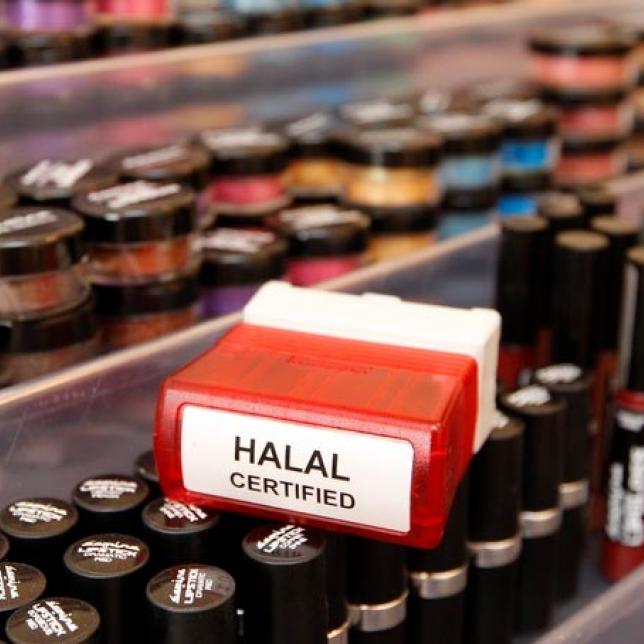Halal Cosmetics Market Size, Share, Trends and Analysis 2019-2023
According to the latest report by IMARC Group, titled “Halal Cosmetics Market: Global Industry Trends, Share, Size, Growth, Opportunity and Forecast 2018-2023”, the global halal cosmetics market reached a value of US$ 63 Billion in 2017. Halal cosmetics refer to body and skin care products which are produced using the ingredients allowed by the Islamic law and contain animal part which are produced according to the halal standards. As these products are free from any genetically modified organisms (GMO), they are considered to be clean and safe for use. There is a massive demand for halal cosmetics in the Muslim-dominant countries such as Indonesia, Malaysia, Saudi Arabia, Iran, UAE, etc. They are further gaining traction among consumers from all over the world due to changing preferences and rising awareness.
Get The Free Sample Report: https://www.imarcgroup.com/request?type=report&id=1012&flag=B
Global Halal Cosmetics Market Drivers:
One of the major drivers of the halal cosmetics market is the large Muslim population which currently constitutes around a fifth of the global population. Besides this, the overall spending on halal cosmetics has increased among the younger generation, as the millennials are more focused on their personal grooming and are aware about the ingredients used in cosmetics. Rising purchasing power of the consumers, due to mounting income levels, has boosted the consumption of halal cosmetics, especially in the developing regions. Additionally, the manufacturers are investing in R&D activities so as to introduce halal-certified products and expand their consumer-base. Marketing through social media platforms such as YouTube and Instagram have also created positive growth prospects for the market. Looking forward, the market is anticipated to expand at a CAGR of 5.8% during 2018-2023, reaching a value of US$ 89 Billion by 2023.
Global Halal Cosmetics Market Summary:
- Based on distribution channel, the market has been categorized into offline and online channels. Currently, offline channels including boutiques, brand outlets, specialty stores, etc. hold the majority of the market share. The presence of a specialist in these stores helps the consumers to choose a product according to their requirements.
- On the basis of geography, Asia Pacific represents the leading market, holding the largest share. Increasing demand for organic products have majorly contributed towards the growth of the market in Asia Pacific. Other major regions include Europe, Middle East and Africa, North America, and Latin America.
